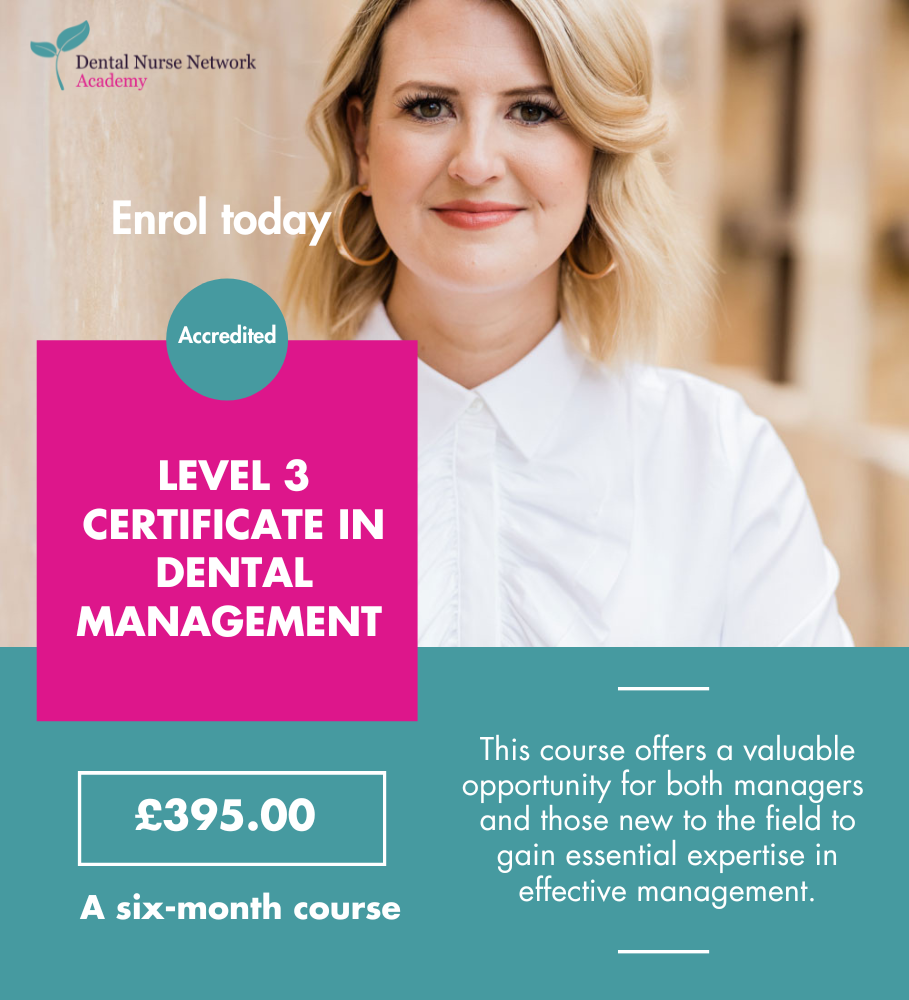Dental nurses, its time to look after your posture at work.
Seven out of 10 people will experience back pain at some time in their life. However, being a dental nurse puts you at increased risk of this.
Ongoing research dating back to 1945 finds that the most common hazards relating to dentistry are
- Back pain (44%)
- Muscle aches (33%)
- Neck pain (28%)
More worryingly, a massive 81% of dental hygienists suffer back pain. In America, one fifth of every dental hygienist that has left the industry cites physical disability arising from work as a reason.
With this is mind we surveyed members of our dental nurse facebook group. Over 40 dental nurses responded in just one day indicating that they were affected by back pain, commonly in the lower back; some reporting more serious issues including:
- Permanent curvature of the spine
- Compressed discs
- Scoliosis
Why does dental nursing cause back pain?
Most of the respondents to our survey attributed their back pain to holding awkward positions for long periods of time. This results in muscle fatigue, eventually leading to wear and tear.
Another factor which is not often considered is the design of seating usually available to dental nurses.
Traditionally, people have been encouraged to sit in an upright position, with hips at a 90 degree angle. Not only does this cause unnecessary pressure on thighs and hips, it also does not allow for the fluidity of movement often needed during surgery.
Being seated in this way can reduce circulation in the lower half of the body and may increase your risk of:
- Cellulite
- Varicose veins
- Swollen feet
What can I do to stop this from happening?
Some dental nurses responding to our survey recommended the use of a saddle chair. Saddle chairs encourage users to sit in a equestrian position (as if they are riding a horse) and mean their hips are at a 135 degree angle with legs further apart resulting in less pressure on the thighs and buttocks. The spine is also at its most natural position.
All though sitting in this way takes some getting used to, benefits are seen almost immediately and you will find you have:
- Improved circulation in the lower half of your body
- Reduced muscle tension
- The ability to move around more freely owing to the wheeled castors
- The ability to adapt the seating to work at standing height comfortably
There are two type of saddle chairs available; Solid (when the seat is whole) and divided (where there is an adjustable gap between the two seating parts). Divided saddle chairs reduce pressure and temperature in the buttock region, and are said to be more comfortable and healthier for men than a solid seat.
Saddle chairs vary in price and can be found as cheaply as £57.00 from a variety of stockists.
If you are finding that you are having back pain resulting from your work environment, you should discuss this with your employer immediately. Employers have a legal obligation to protect the health and safety of their employees who might be affected by what they do. Management of Health and Safety at Work Regulations 1999 regulation 3 requires that all employers assess the risks to the health and safety of their employees while they are at work.
What else can I do to alleviate my back pain?
There are many options that can be taken to relieve the symptoms of back pain, but remember unless you make changes to the posture and seating you have at work, the back pain will soon return and may be worse.
Be wary of taking pain killers, particularly strong ones, as they can be addictive and simply mask pain rather than deal with the route cause of it.
If you do have a health plan, make sure that you take advantage of any treatments that are available under it including physiotherapy, osteopathy and chiropractics. If not try the following:
- Try to keep as active as possible. Although it may be painful at first, it will reduce your chances of getting back pain in the future.
- Apply a hot water bottle or heat pack to the affected area as often as possible to help relax the muscles
- Try a cold compress such as a bag of frozen peas wrapped in a towel
If you are into complementary therapies; acupuncture, herbal remedies and massage are reported to have great benefits and can sometimes be prescribed by your GP.
If you have any other practical advice that you would like to share with dental nurses regarding back pain, why not make a post in our forum or join our facebook group. We believe that sharing experiences and practical solutions with each other is the best way to empower dental nurses across the country.



